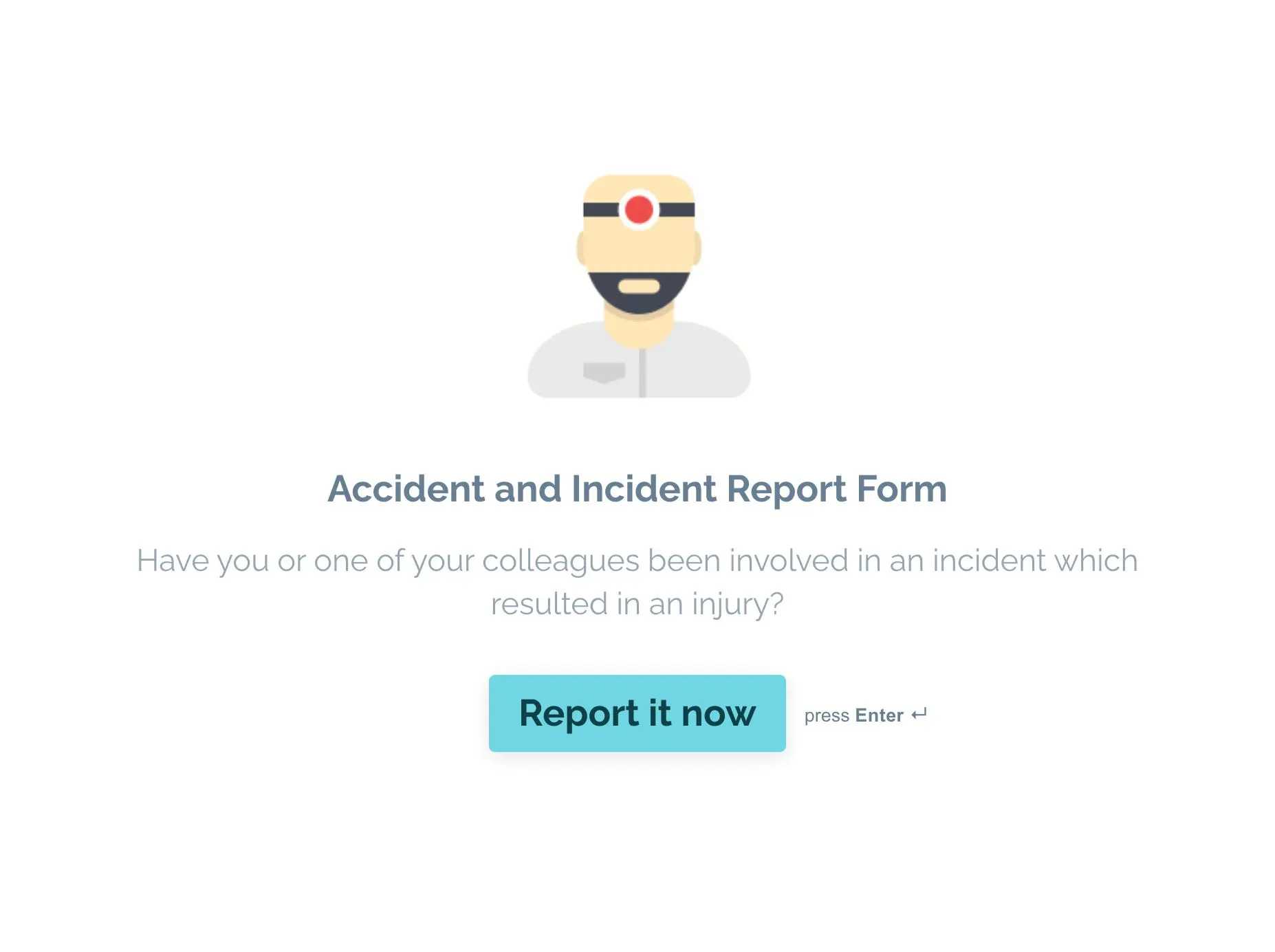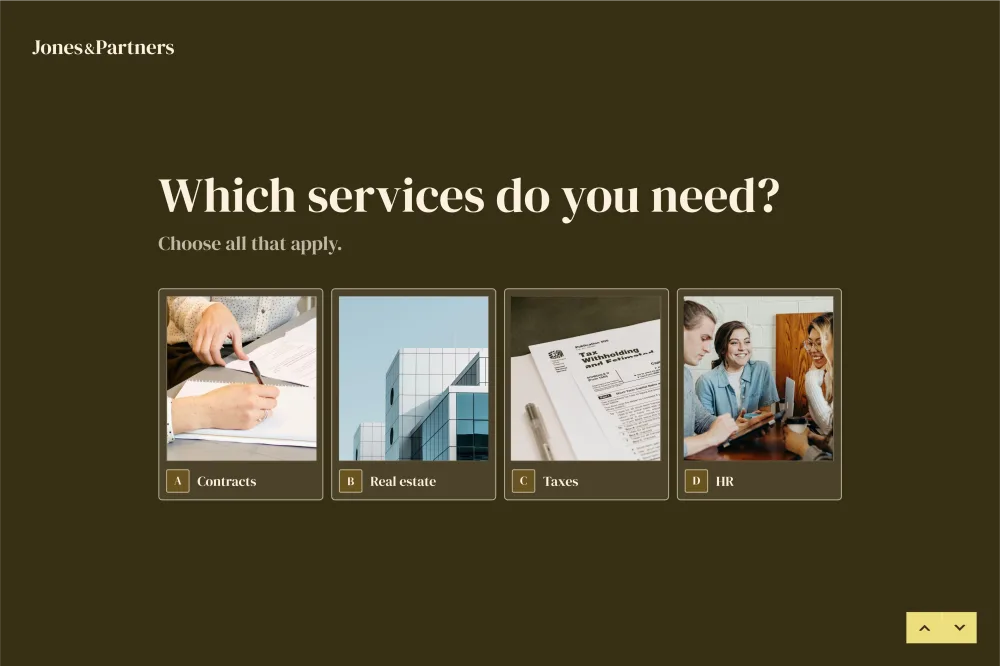Get your sales and marketing teams in sync 💃🏻
Download ebook- TOOLUSE CASE
- Popular Categories
- Pricing
Incident report form template
Collect up to 3.5x more data with Typeform
Ditch the paperwork for beautiful, mobile-ready online forms
Ditch the paperwork for beautiful, mobile-ready online forms
With Typeform, you can customize everything

Change text, colors, and even logos to match the look and feel of your brand. Then embed forms smoothly onto web and email.

Make forms feel effortless to fill out. Pace questions, call people by their name, and adapt the flow based on the data they share.

Stay efficient by connecting forms to your workflow. Typeform integrates with 120+ tools including Slack, Zapier, and HubSpot.

Incident report form FAQs:
Get inspired by relevant templates and categories
1500+ Templates, 120+ Integrations
Access 3,000+ templates
Access 3,000+ templates










